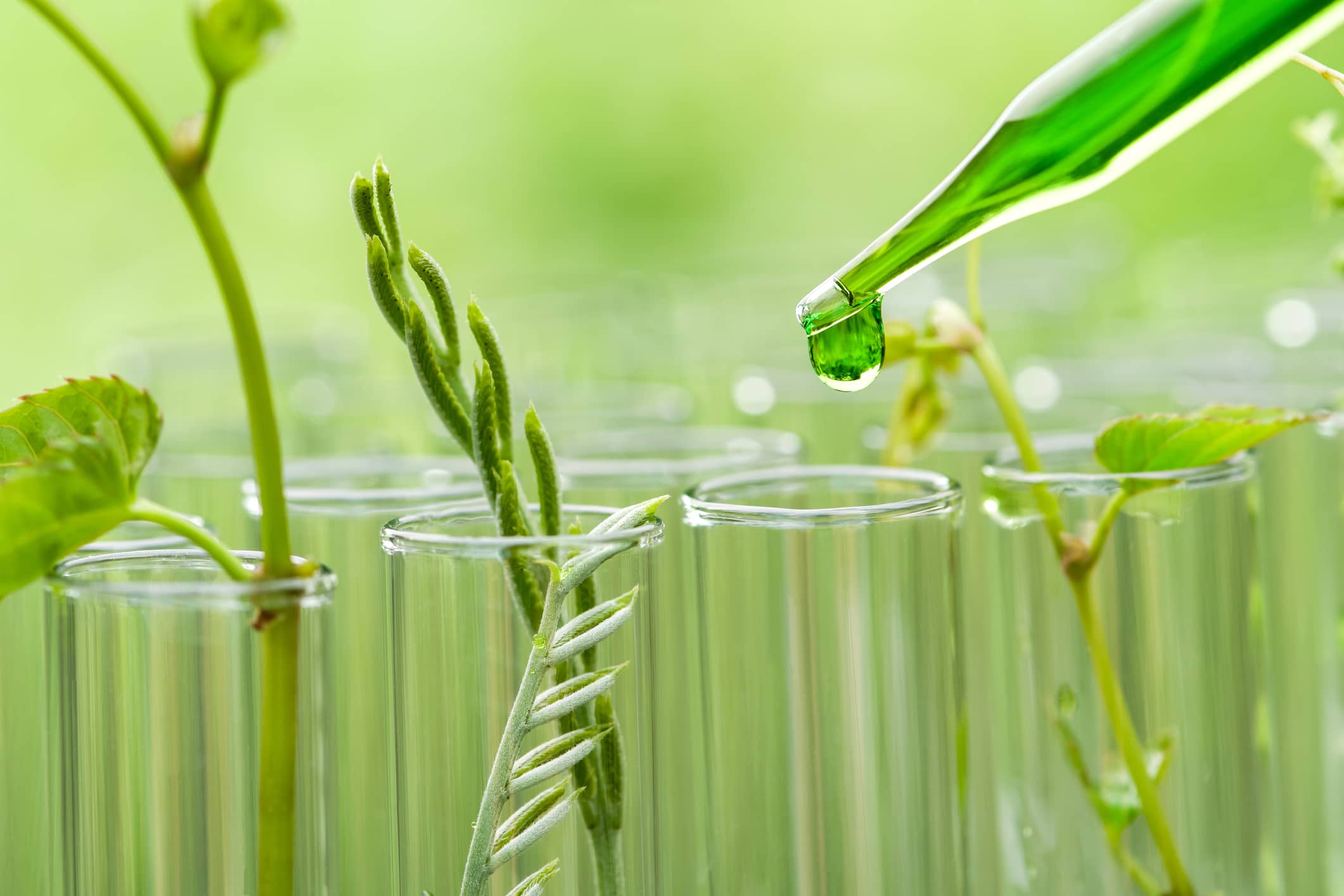How ‘green chemistry’ could have a big part to play in the future

Used in everything from the detergent that washes our clothes to the toothpaste that keeps our mouths clean, chemicals play an integral role in society.
While it’s hard to imagine life without them, if not used in a responsible way their effect on the natural world – and us – can be harmful.
The European Commission has stated that some chemicals “can severely damage our health or the environment,” while the World Health Organization has previously estimated that exposure to selected chemicals resulted in the loss of 1.6 million lives in 2016.
It’s against this backdrop that the notion of “green chemistry” comes into play. In relatively simple terms, the United States Environmental Protection Agency has defined it as “the design of chemical products and processes that reduce or eliminate the use or generation of hazardous substances.”
The EPA goes on to explain that the idea of green chemistry relates to a product’s entire life cycle, which includes everything from its design and production to utilization and disposal.
Paul Anastas is the director of Yale University’s Center for Green Chemistry and Green Engineering. Speaking on the latest episode of CNBC’s Sustainable Energy, he explained how he became interested in the subject.
“When I was a young chemist, I looked around at all of the technological miracles that chemistry produced,” he said. “And then I looked at the other side of the equation – all of the unintended consequences of pollution and its effect on the environment and on human health,” he added.
“So green chemistry is really a way of keeping all of those technological miracles, those innovations, without all of those unintended consequences.”
Anastas, together with John Warner — a chemist who is now president and chief technology officer of the Warner Babcock Institute for Green Chemistry — co-authored the book “Green Chemistry: Theory and Practice,” a key body of work in the field.
First published in 1998, the book lists 12 principles of green chemistry, one of which focuses on the prevention of waste, a subject that Anastas expanded upon when speaking to CNBC.
“Waste, we need to recognize, is a man-made concept,” he said. “In nature, there is no waste: every time a waste is generated, an organism evolves to use that waste as a feedstock.”
He added: “And so, we think about how to do the same thing in industry, how you either prevent or avoid waste, or utilize whatever waste in a valuable way.”
With attitudes regarding pollution and the environment shifting in recent years, many governments and businesses are emphasizing their commitments to sustainable practices.
But while actions need to match words and there is clearly a long way to go, Anastas sought to emphasize the changes that were being made.
“I simply cannot name an industry sector that isn’t using green chemistry,” he said. “Everything from pharmaceuticals, to plastics, everything from … cosmetics to the way that we generate, store and transport our energy,” he added. “Now, I’m not going to say that companies are doing it systematically or in all of their products, but great strides are being made.”
When it comes to the production of chemicals, there is some serious work to be done, however. According to the International Energy Agency (IEA), in 2018 direct carbon dioxide emissions from primary chemical production hit 880 million tonnes, a jump of almost 4% compared to 2017. The IEA goes on to describe the chemical sector as being “the largest industrial consumer of both oil and gas.”
Anastas was asked how easy it would be to lower the use of energy in chemical production by applying the principles of green chemistry.
“We’ve forced chemicals to do things they didn’t naturally want to do,” he said. “So we’ve heated them up, we’ve put them under pressure and we’ve tortured them to obey and become the things we want them to become,” he added.
“But it’s not just the quantities of energy that’s important, it’s the character and the nature of energy that we use: it needs to be renewable and non-depleting, and nontoxic, and not polluting.”




